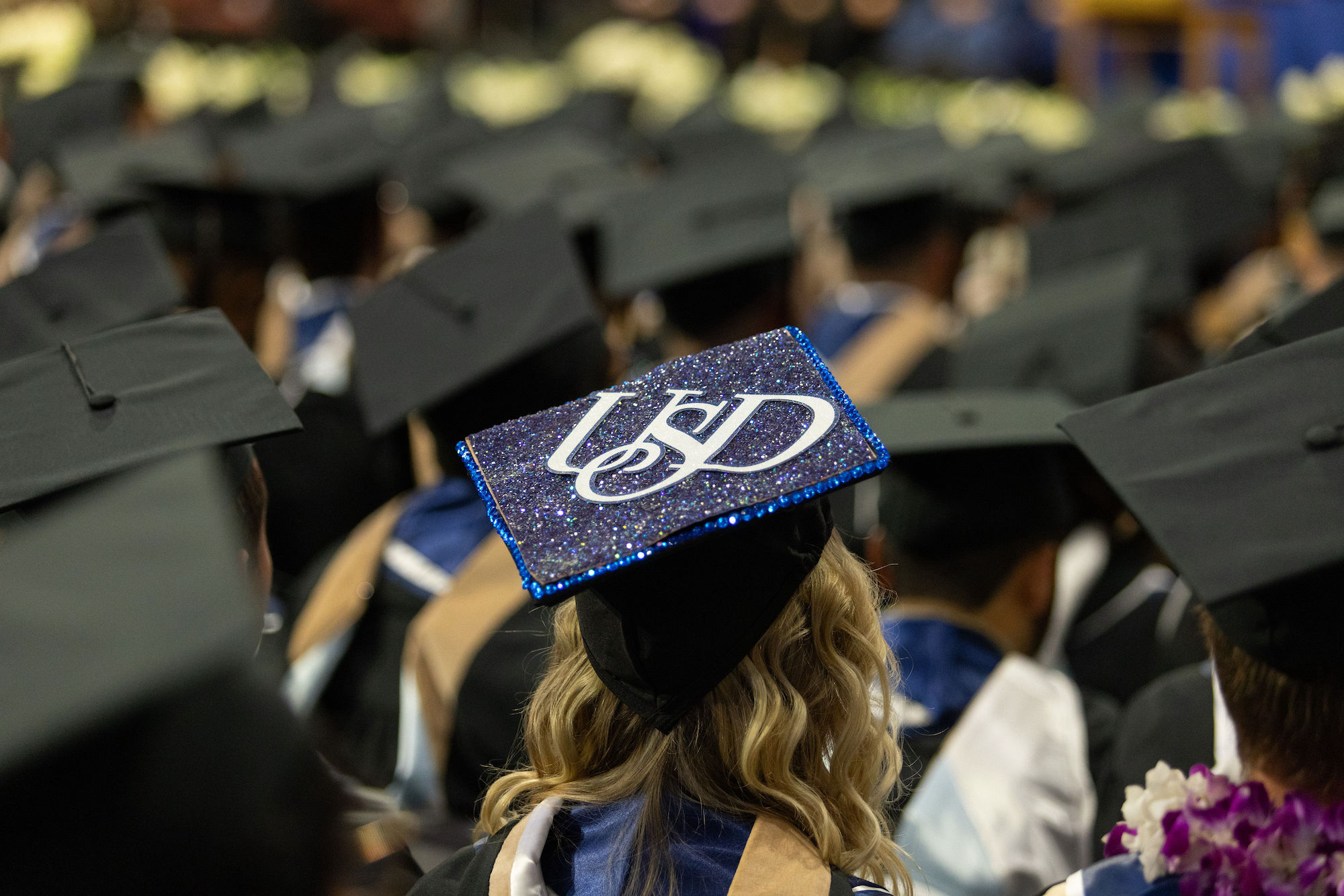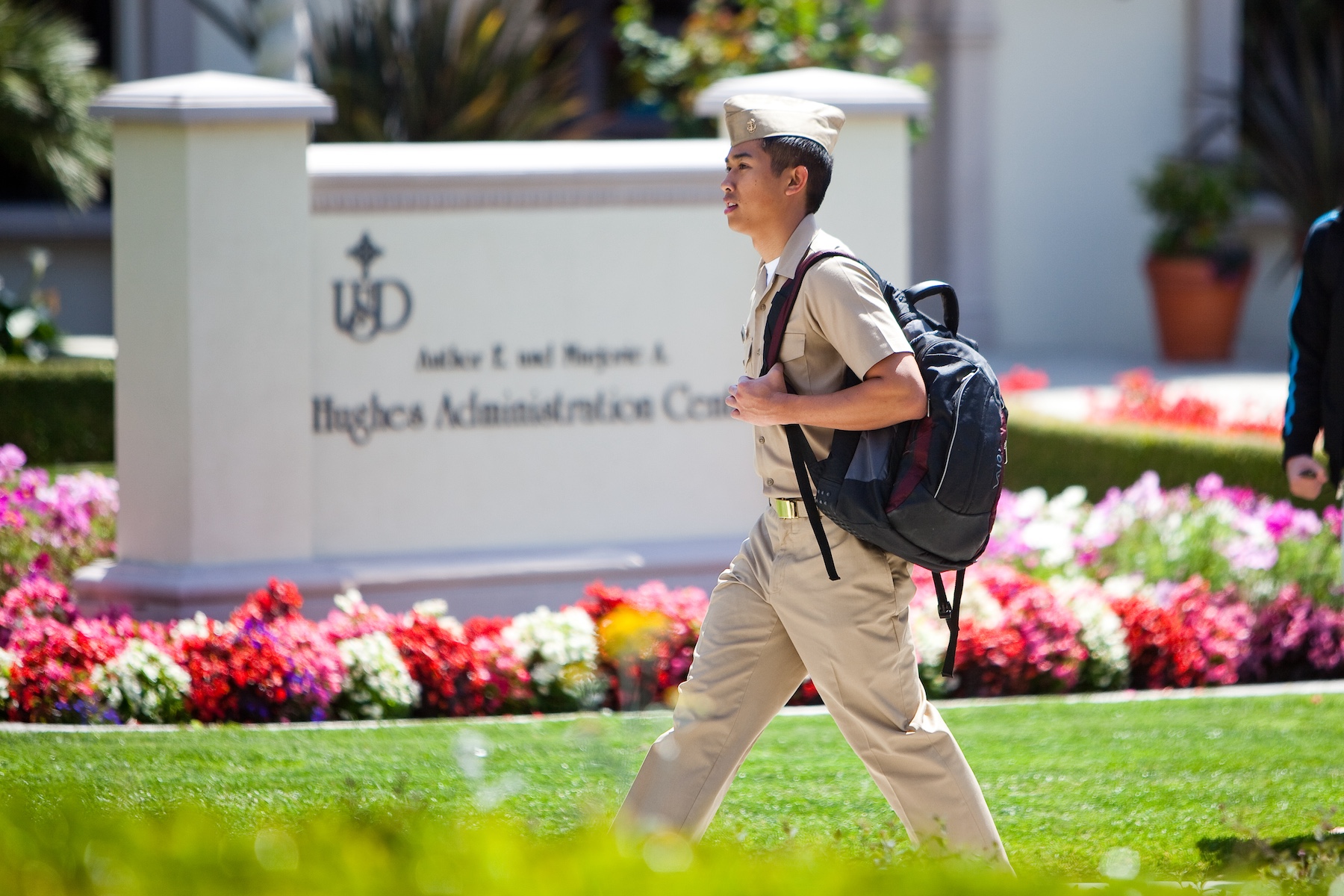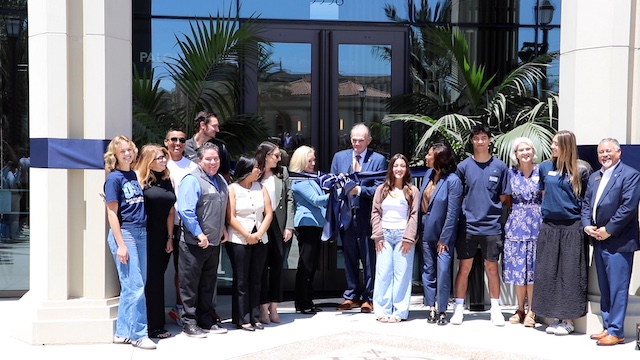USD Conference Explores Economic Development in Mexico
Solutions Could Reduce Pressures for Mexicans to Migrate Across Border
Experts from both the United States and Mexico will gather on the campus of the University of San Diego October 5 and 6 to explore a unique way to halt the flow of illegal immigrants into the United States. While America debates the merits of building a fence along its border with Mexico, the Trans-Border Institute at the University of San Diego will host a conference that suggests enhanced economic investment in Mexico would provide an alternative for its citizens who now seek a better life in the United States. “Much of the public discussion about migration from Mexico centers on undocumented migrants into the United States which becomes a very heated and polarizing issue. The goal of this conference is to focus instead on possible solutions that could make it unnecessary for migrants to leave Mexico in search of jobs and a better quality of life,” said David Shirk, director of the University of San Diego’s Trans-Border Institute. The conference topic is “Trans-Border Migration and Development: Promoting Economic Opportunities in Mexico & the Border Region.” Experts from both sides of the border will participate, including Jorge Castañeda, former Mexican Secretary of Foreign Affairs, and Robert Pastor, director of the Center for North American Studies at American University in Washington, DC. Sponsored by Bank of America, organizers hope to gather 200 business, government and civic leaders from the U.S. and Mexico, and possibly Canada, willing to promote new collaborations that will change the future course of discussions. Possible recommendations might include a multi-lateral investment fund supported by Mexico, the U.S. and Canada that can be used to promote investment and infrastructure development in Mexico and to address some of the inadvertent effects of NAFTA. Some critics believe that heightened competition in key industries, such as agriculture, has contributed to the increase in the number of illegal immigrants in the U.S. from approximately one million in the mid-90’s to more than six-million over the 12 years of NAFTA. Another possibility is to harness the power of migrant remittances – money sent by migrants to their home communities – which presently constitute one of Mexico’s most important sources of foreign currency, with an estimated $24 billion in migrant remittances expected this year. Conference participants may address reforming Mexico’s legal system, opening up the Mexican economy to more private investments, and modernizing labor laws. “Promoting sustainable economic development in Mexico remains the essential task to resolve a host of challenges and to ensure an effective and prosperous partnership with the other the United States and Canada. Finding shared solutions to Mexico’s economic development challenge is therefore a bi-national objective that must involve both U.S. and Mexican policy makers for years to come,” says Shirk. The media is invited to a 2 p.m. press conference with former Secretary of Foreign Affairs Castañeda on Thursday, October 5, before his speech inaugurates the conference that evening. A full conference agenda is available at http://www.sandiego.edu/tbi/events/agenda.php. The Trans-Border Institute helps to link USD to the cross-border region by providing information and assistance to the policy-makers and communities of the U.S.-Mexican border. Consistent with the University’s mission and values, the TBI has a special interesting in bringing attention to issues of social justice and equity including (but not limited to) socio-economic inequality, access to basic legal protections, basic health and quality of life, and community development. The University of San Diego is a Catholic institution of higher learning chartered in 1949; the school enrolls some 7,500 graduate and undergraduate students and is known for its commitment to teaching, the liberal arts, the formation of values and community service. The establishment of the Joan B. Kroc School of Peace Studies will bring the University’s total number of schools and colleges to six. Other academic divisions include the College of Arts and Sciences and the schools of Business Administration, Leadership and Education Sciences, Law and Nursing and Health Sciences. -end-About the University of San Diego
Strengthened by the Catholic intellectual tradition, we confront humanity’s challenges by fostering peace, working for justice and leading with love. With more than 8,000 students from 75 countries and 44 states, USD is among the Top 20 Best Private Schools for Making an Impact according to The Princeton Review. USD’s eight academic divisions include the College of Arts and Sciences, the Knauss School of Business, the Shiley-Marcos School of Engineering, the School of Law, the School of Leadership and Education Sciences, the Hahn School of Nursing and Health Science, the Joan B. Kroc School of Peace Studies, and the Division of Professional and Continuing Education. In 2021, USD was named a “Laudato Si’ University” by the Vatican with a seven-year commitment to address humanity’s urgent challenges by working together to take care of our common home.



